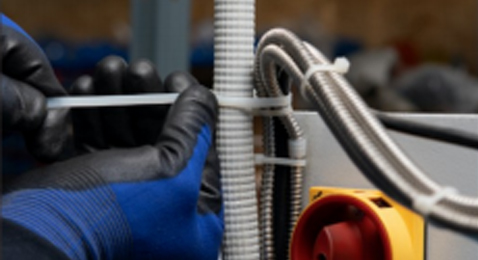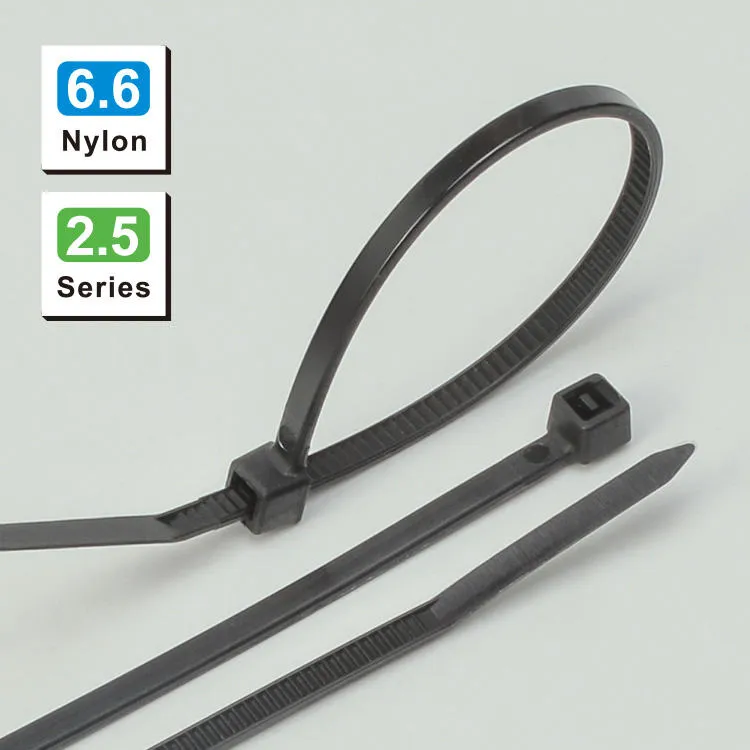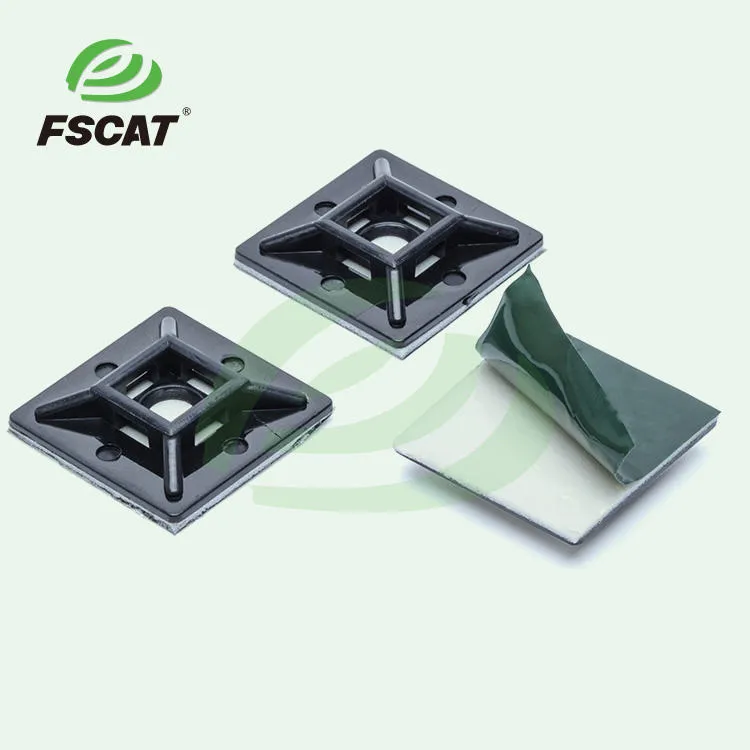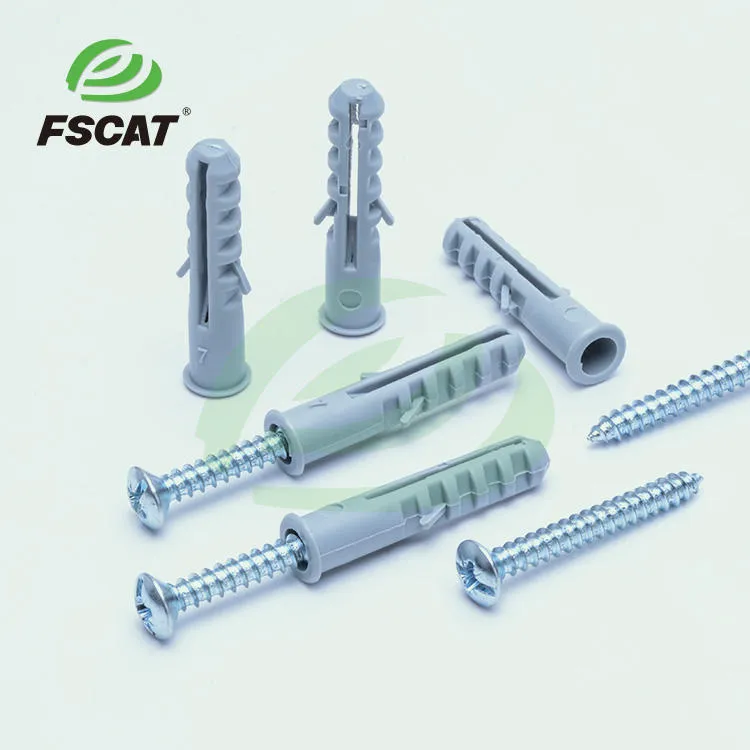How Do Nylon Cable Ties' Material Properties Influence Their Performance?
Nylon cable ties are ubiquitous in our daily lives and workplaces. Whether it's bundling household wires or securing equipment in industrial production, they play a crucial role. But did you know that the performance of different nylon cable ties can vary significantly? The root cause lies in their materials. Let's uncover the mysteries of nylon cable tie materials and explore how they affect performance.
Common Materials for Nylon Cable Ties
The two most commonly used materials for nylon cable ties are nylon 66 and nylon 6. Despite their similar names, they are like twins with distinct personalities, each possessing unique characteristics and capabilities.
Nylon 66: The "All - Around Performer" with Robust Capabilities
Nylon 66 can be regarded as the "all - around performer" among nylon cable tie materials. It is produced through a polycondensation reaction of hexamethylenediamine and adipic acid. Its unique molecular structure endows it with outstanding properties. In terms of strength, nylon 66 excels. It's like a powerful weightlifter, capable of withstanding significant pulling forces without breaking easily. In electrical equipment, where complex wires need to be fixed and organized, these wires may generate heat due to electrical current and be affected by surrounding environments, such as dust and moisture. Thanks to its excellent heat resistance, nylon 66 remains stable at high temperatures. It won't soften or deform, ensuring the wires stay securely fastened. Moreover, it has strong chemical corrosion resistance. In environments with chemical reagents, like laboratories and chemical plants, it can resist the erosion of chemicals, thereby extending its service life.

Nylon 6: The "Versatile Player" with Flexibility
Nylon 6 is formed by the ring - opening polymerization of caprolactam. Although it is slightly inferior to nylon 66 in terms of strength and heat resistance, it has its own unique advantages. Nylon 6 has remarkable impact resistance. It's similar to a nimble athlete who can quickly respond to external impacts and maintain its integrity. In situations prone to vibration and impact, such as fixing internal circuits of mechanical equipment, nylon 6 cable ties can effectively cushion the vibrations and protect the circuits from damage. Additionally, nylon 6 has good processability. It can be more easily manufactured into various shapes and specifications of cable ties to meet the requirements of different scenarios. Compared with nylon 66, nylon 6 also has a lower cost, making it highly cost - effective for ordinary bundling scenarios where performance requirements are not extremely strict.
How Material Properties Affect Application Scenarios
Once we understand the performance characteristics of nylon 66 and nylon 6, it becomes easier to see why different nylon cable ties are chosen for different scenarios.
In the electronics and electrical manufacturing industry, where equipment stability and safety are of utmost importance and internal operating temperatures can be high, nylon 66 cable ties are the top choice. They ensure that wires remain firmly fixed in high - temperature environments, preventing short circuits and other failures caused by loose wires, thus safeguarding the normal operation of the equipment.
In the logistics industry, the main requirements for cable ties are fast bundling and securing of goods, with relatively less strict requirements for strength and heat resistance. Here, nylon 6 cable ties, with their good flexibility and low cost, can quickly and conveniently complete the task of bundling goods, meeting the usage needs while also controlling costs.
Conclusion
The material of nylon cable ties determines their performance, and performance, in turn, determines their application scenarios. Nylon 66 and nylon 6 each have their own merits and play irreplaceable roles in different fields. The next time you need to use nylon cable ties, pay attention to their materials. By choosing the right product according to your actual needs, you can make the most of nylon cable ties. It is hoped that this article has helped you gain a deeper understanding of the materials and performance of nylon cable ties, enabling you to use them more proficiently in the future.






